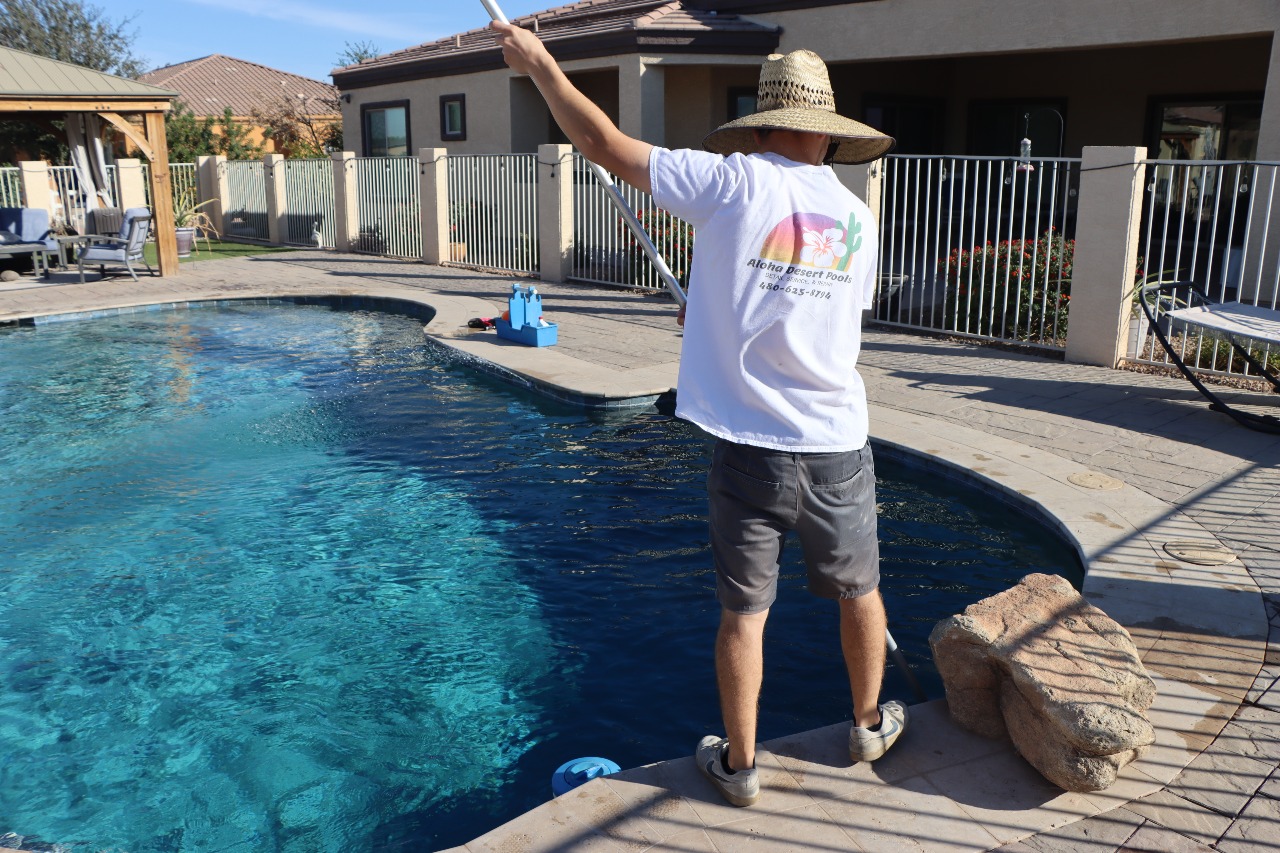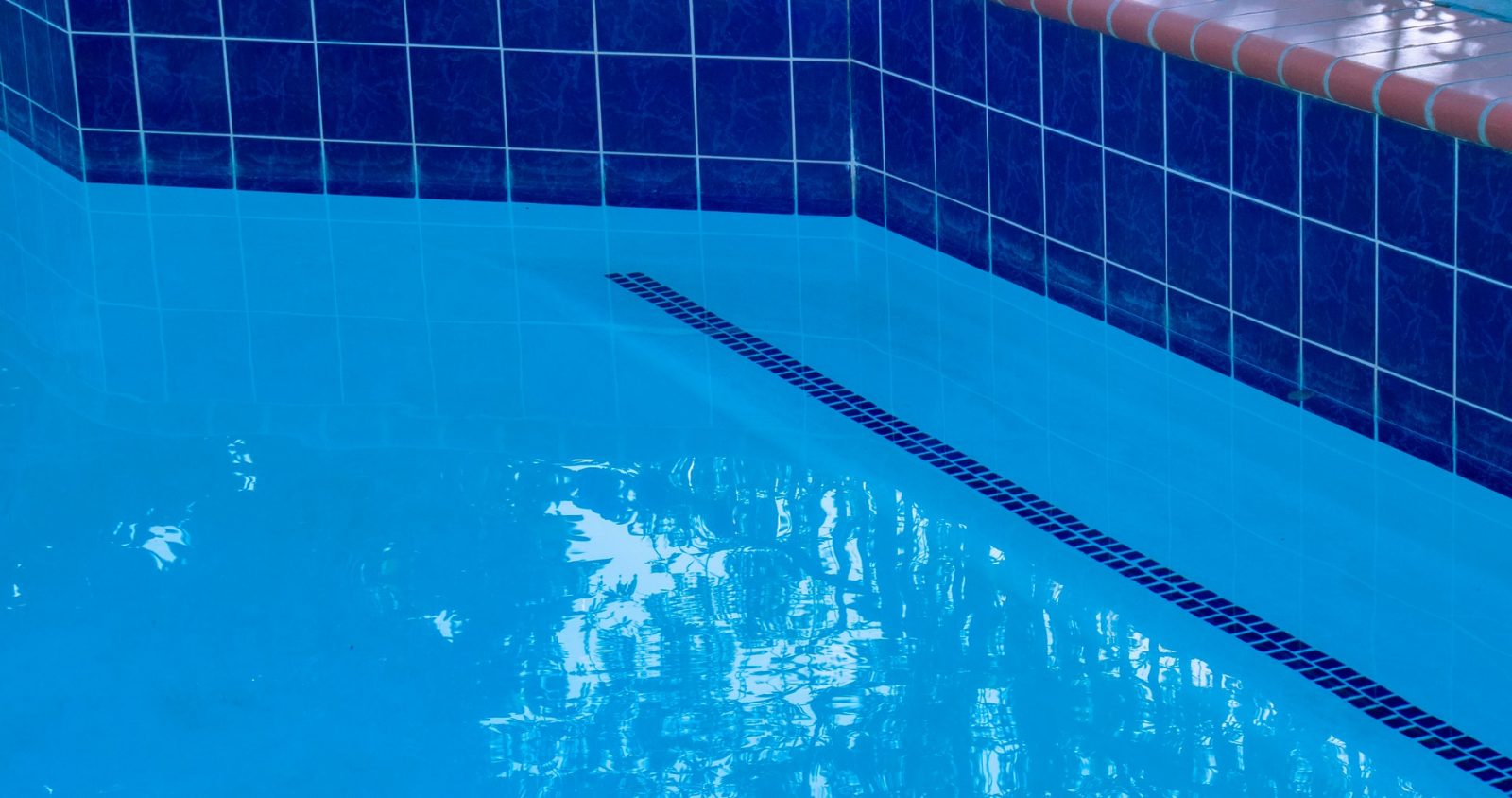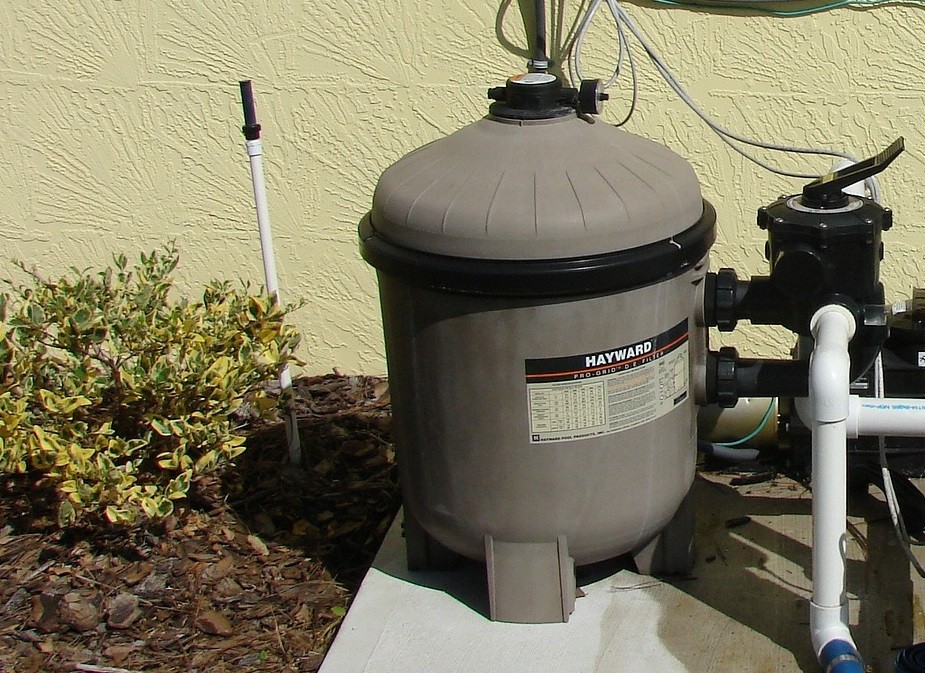Testing your swimming pool water is a part of healthy pool maintenance that you should observe. Overall, there are so many things you will need to test your pool for to ensure that it is safe to use by everyone.
The most common things needed to be tested in a swimming pool are pool chemicals, mineral content, alkalinity, salt levels for saltwater pools, pH, phosphates, and the likes. However, some of these tests can be performed once a month or once every two months. It will depend on your preference. In contrast, some should be done every week.
If you are planning to follow a healthy pool maintenance protocol, then you should ensure to test your swimming pool every week for the following things:
The Swimming Pool pH Level
The number one purpose of installing a pool in your residence is to have a good time. But, how will you experience a good time when your swimming pool’s pH level is out of proportion. It would be best if you remembered that a high pH level could cause skin irritation and corrosion on the metal parts of your swimming pool.
On the other hand, a low-level pH will cause the ineffectiveness of chlorine in your swimming pool. And chlorine is a vital chemical to ensure that your swimming pool is safe and well sanitized.
Additionally, the pH level of your swimming pool should be tested once or twice a week to monitor it properly. When you test your pool for its pH level, make sure that the result will be between 7.3 and 7.6.
Once it is below 7.3, it means that your pool water is too acidic. While being above 7.6 will mean that your swimming pool has more alkalinity. If this happens, you will need to carry out this next test on your swimming pool.
How to Test Pool pH Level
- To test a swimming pool’s pH level, you must have the proper tools and chemicals you will need. A pool pH testing kit can be easily bought online, so it is better to buy it first if you still do not have one.. You can choose from pH testing strips or using a solution. The test strips will be the best option if you prefer an easy method.
- If you are going to use a pH test strip, you will need to dip the test strip into the pool and wait for it to change color. When you buy pH level test strips, it usually comes with a color chart. You can compare the color of the pH test result on the chart and see how much is your current pool water pH level.
- If you are using a 5-way test kit with a solution, you will need to collect water from your swimming pool with a depth of 18 inches. Fill the large tube of the test kit with water collected up to the top line of the tube. Add one drop of solution four into the water. Solution 4 is sodium thiosulfate which is a chlorine neutralizer. Next is to add five drops of solution two, which is phenol red indicator. Phenol red is a dye that will provide the color of the water to indicate the pH level.
- Mix the solutions into the water by gently swirling the tube. Once the water starts to change color, compare it to the colors beside the tube to indicate what level of pH your pool water has.
- Do not perform a pH level test if your residual chlorine reading is more than 3.0.
- Do not throw the water you tested for the pH level.
The Acid Demand

After you take the pH level test, the following test you will need to perform is either the acid demand or the alkalinity of the pool water. It will all depend on the result of your pH level test. If your swimming pool pH level test result is higher than 7.6, you need to add acid to balance it.
To increase the acidity of your pool, you can add muriatic acid or sodium bisulfate into your swimming pool water. Make sure to gradually add the acid into the pool water and test it again after 6 hours. The purpose of the acid demand test is to know how much acid you will need to add to your pool to balance the pH level.
How to Test Acid Demand
- Add solution three into the water you used to test your pool’s pH level. Solution 3 is an acid demand titrant that will help you indicate the amount of acid you need to add to the pool.
- Add one drop and swirl the tube if the color of the water matches the standard color for 7.4 on the color chart on the side of the tube. Suppose the color does not yet match, another drop of solution 4. Do this until you reach the color for 7.4 on the color chart.
- Take note of the number of drops you added to the water. Refer to the acid demand chart to know how much acid you need to add into your pool according to the number of drops of solution three you used.
Testing for Alkalinity
The next thing you need to test is the alkalinity of the pool water. This test is conducted when your pH level result is lower than the standard level required, 7.3 to 7.6. To adjust the alkalinity of your swimming pool water, you will use soda ash or sodium carbonate.
Like the acidity demand test, the purpose of the alkalinity test is to know how much soda ash you will need to add into the water to balance its pH level. Remember to refer to the alkalinity test result when you add soda ash into your pool.
How to Test for Alkalinity
- Rinse the tester tube to remove the residue from your pH level test.
- Collect a new water sample from your swimming pool. Again, collect the sample at a depth of 8 inches. Make sure to fill the large tube up to the lower line.
- Add one drop of Solution 4 (Sodium Thiosulfate) into the water and give it a swirl.
- Next is to add one drop of solution 5B, which is the alkalinity indicator solution. Make sure that the solution is mixed with the water by swirling it.
- After adding the alkalinity indicator, you then add solution 3. Add one drop at a time, keeping track of the changes in the water. As you add a drop of solution three into the water, you will notice that the water will change color.
- Compare the color of the water to the color chart. Make sure that the water color matches the color of the ideal alkalinity, which is at 7.6.
- Take note of how many drops of solution three you used to achieve the ideal color of the water. Use this number and multiply it by 10. The result will give you the total alkalinity of your pool water.
- Add soda ash according to the result of the total alkalinity of your swimming pool.
Testing for Chlorine in the Water

The last test you should conduct is the chlorine test in your water. This test will help you indication the current level of chlorine in your water. Chlorine is important to help sanitize your pool and kill algae growing on your pool’s surface.
A low chlorine level means that bacterias and algae are not properly eliminated from your pool water, thus making it unsafe to swim. On the other hand, high chlorine can cause skin and eye irritation, cause lung problems, and provoke asthma.
More chlorine can be added into the pool if the chlorine level is low. Moreover, a chlorine neutralizer can be added into the pool to lower a high chlorine level. This way, you can achieve the right balance of chlorine in your swimming pool. The chlorine level should be tested 2 to 3 times a week for best monitoring.
How to Test Your Pool Chlorine Level
- Using the same test kit you used for acidity and alkalinity, collect a water sample 8 inches below your swimming pool. Make sure to fill the smaller tube up to the top.
- Once the water sample is ready, add solution one into the water, which is the chlorine indicator.
- Place the cap into the tube and give it a shake. This will mix the solution and the water, giving you a more accurate reading.
- After a few seconds, the watercolor will start to change. Compare the color of the water to the color chart.
- The first color that will appear will indicate the free chlorine level on the pool water. Wait for another few minutes and then compare the color again. This second comparison will indicate the residual chlorine level of the pool water.
- Balance the chlorine level on your pool according to the test result.
Do the Tests Regularly
Your pool’s chlorine, acidity, pH level, and alkalinity can get easily disrupted. This is why you must do these tests every week to properly monitor your pool water. Once you are doing a regular test on your pool, you can start to sleep well at night, knowing that you and your family are safe every time you use your pool.






